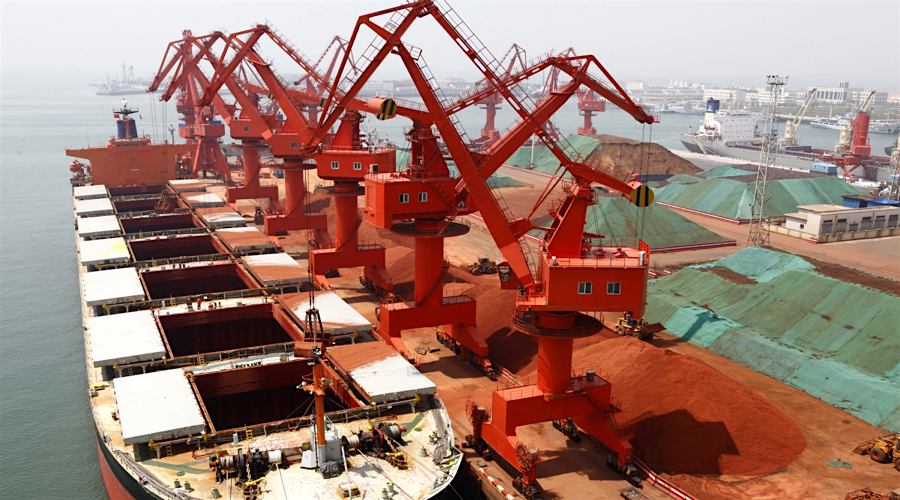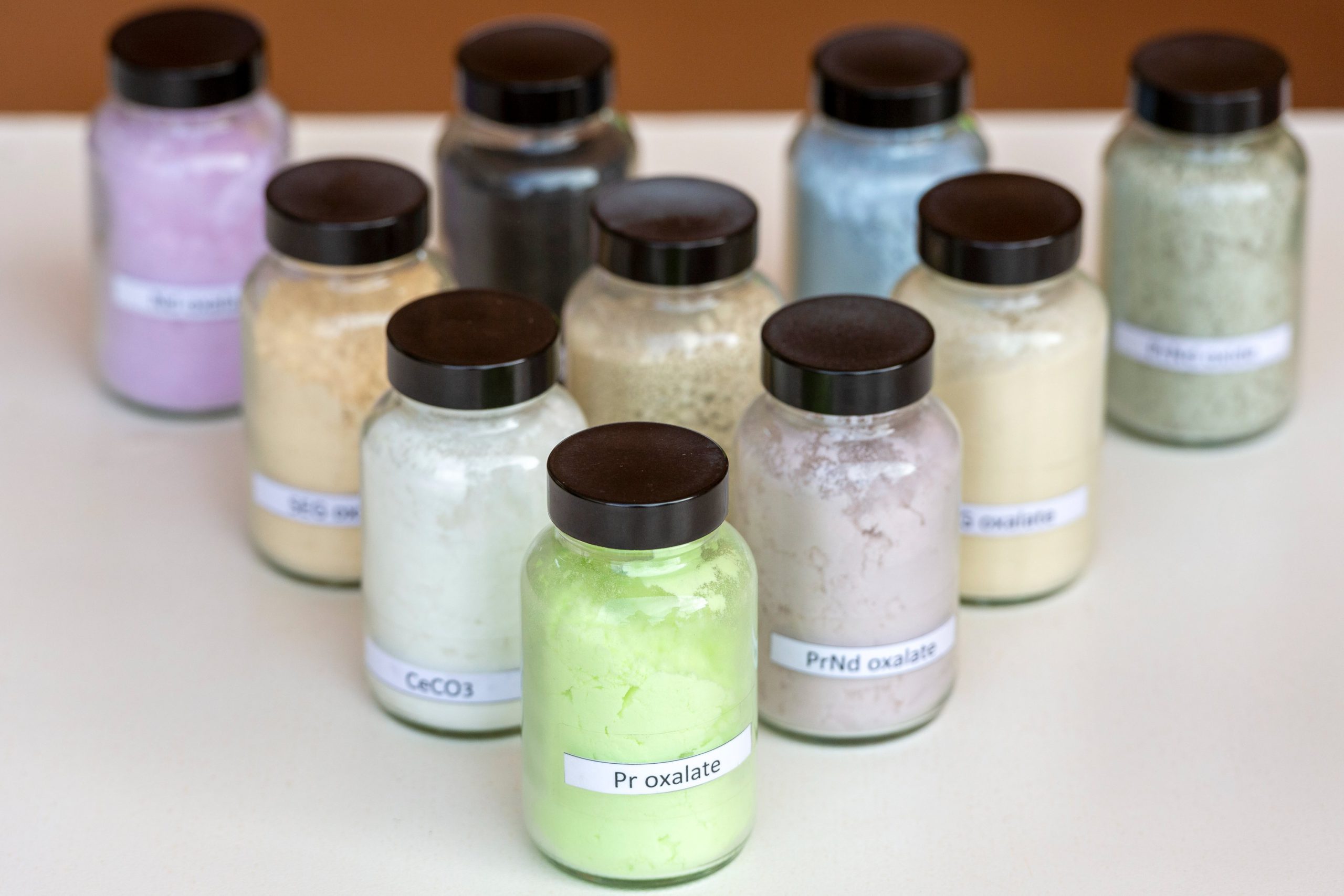Iron ore price frenzy grips China’s mammoth steel sector

Prices for iron ore have more than doubled in 2020, putting the steelmaking raw material on track to be the top-performing major commodity globally for a second straight year as speculative money floods in and Chinese demand holds firm.
Steelmakers in China, the world’s biggest producer of the metal, and the operator of its flagship iron ore futures contract have called for a probe into what they say is an “abnormal” price rally that has eroded their margins.
The most active iron ore futures on the Dalian Commodity Exchange have gained 37.8% this quarter and 21.5% in December alone. They were up 123% year-to-date as of Dec. 18, while Platts’ CFR China 62% iron ore index has climbed more than 72%.
Below are key milestones in the recent rally and steps taken to try to calm the market.
- Dec. 2 : Brazilian iron ore miner Vale cut its 2020 output outlook, adding fuel to rising iron ore prices.
- Dec. 3: China’s Dalian Commodity Exchange (DCE) imposes limits on single-day open positions for the May 2021 iron ore contract as prices power towards 900 yuan ($138) per tonne.
- Dec. 4: Iron ore futures hit a record 974 yuan per tonne.
- Dec. 9: Goldman Sachs raises its iron ore price forecast for 2021 to $120 per tonne from $90, citing strong Chinese steel production and recovering demand in the West. These sentiments are echoed by Australian miner Fortescue Metals Group.
The DCE further restricts single-day open positions on its most active iron ore contract and adjusts speculative margin requirements.
- Dec. 10: The world’s biggest iron ore export hub, Port Hedland in Australia, starts clearing large vessels out of the port after a cyclone warning. BHP Group later assures the China Iron & Steel Association (CISA) its monthly shipment volumes won’t be affected.
CISA holds a symposium with major steelmakers in China, who call on regulators to investigate the spike in iron ore prices and crack down on any wrongdoing.
- Dec. 11: The most-traded DCE iron ore futures break above 1,000 yuan per tonne for the first time, hitting 1,042 yuan.
- Dec. 12: The DCE proposes regularly adjusting premiums and discounts for iron ore futures and adding deliverable brands, following complaints from steel producers that speculators are fuelling the rally.
- Dec. 14: China’s market regulator publishes new standards for steel scrap, giving mills greater access to an alternative raw material to iron ore even after a ban on solid waste imports from end-2020. The new standards were developed in just a year, versus the usual processing time of several years.
- Dec. 16: CISA holds a video call with Rio Tinto after learning the miner has been making continuous high-price iron ore transactions. Rio Tinto says it is willing to work with consumers to review the iron ore pricing mechanism.
- Dec. 18: The DCE adjusts transaction fees for its iron ore futures, effective Dec. 22.
- Dec. 21: Iron ore futures soared nearly 10% to a record high of 1,147 yuan ($175.14) per tonne following a landslide at a mine operated by Vale, although the company claimed no impact on its output and sales.
Spot 62% iron ore hits a record of $175 per tonne.
The DCE said it would further limit open positions for all iron ore futures contracts to 2,000 lots from Dec. 22. It also proposed cutting some iron ore trading position limits by more than half.
($1 = 6.5489 Chinese yuan)
(By Min Zhang and Tom Daly; Editing by Jason Neely and Edwina Gibbs)
{{ commodity.name }}
{{ post.title }}
{{ post.date }}



Comments
Quentin Dunn
Hi,
Australia should not export steel or ore to China. She should make her own steel. China is laughing at Aussy,and the World. Because she is making from Aussy steel, Military hardware. Tanks,guns, planes, aircraft carro. List goes on. Foolish Behaviour.